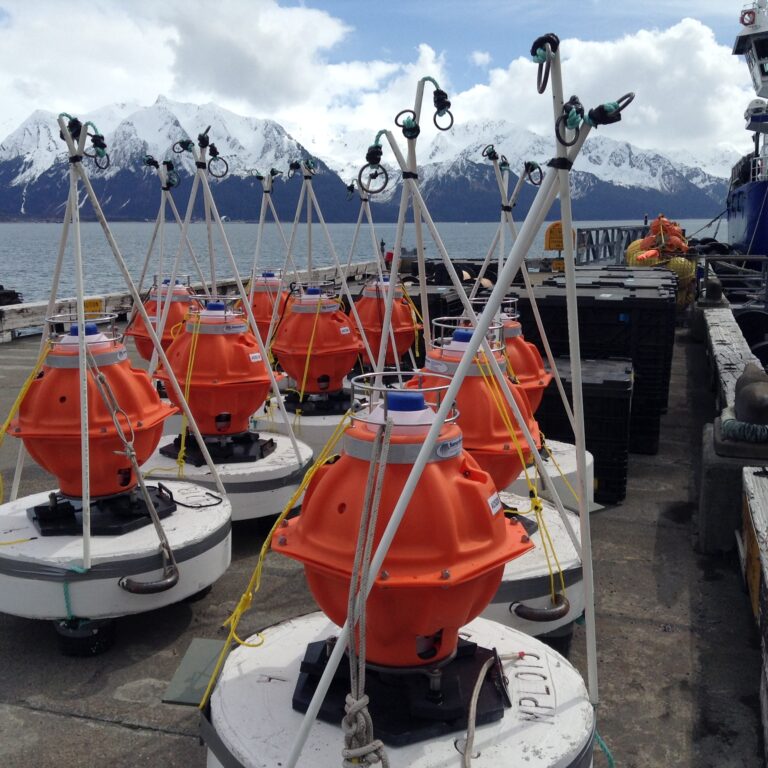Marine technology company Sonardyne has been recognized with a Queen’s Award for Enterprise in Innovation for its seabed deformation monitoring system.
The system, which studies ocean floor movement, has been developed over the past decade and is now in use globally by the energy and ocean science sectors. According to Sonardyne, it provides engineers and scientists with a new understanding of the seafloor and the physical processes that act upon it.
Using a network of autonomous, battery-powered instruments deployed on the seabed, the system measures horizontal and vertical seabed movement. Initially developed for the offshore industry to identify geological hazards within oil and gas reservoirs, it has since been adopted by the earth science community to study everything from undersea landslips near volcanoes to deep sea plate tectonic motion. Such motion can trigger devastating tsunamis in some of the world’s geological hot spots.
Graham Brown, managing director of Sonardyne, said, “On land, global positioning satellites are used to undertake real-time earth observations, but the signals they transmit cannot penetrate through water. This has created a huge challenge for the energy and earth science community. Put simply they’ve been bound by the limits of physics. We have broken through these limitations and opened up new capabilities. This has led to a whole new era of research for seabed science, delivering new insights into the fundamental processes around subduction zones and consequently understanding the risks of earthquakes and tsunamis.”
The instruments used in Sonardyne’s seabed deformation monitoring system have been engineered using low power electronics and long-life batteries, all in pressure tolerant housings, enabling them to remain on the seabed for more than 10 years at a time.
They also contain Sonardyne’s underwater digital acoustic communications technology, which won a Queen’s Award for Enterprise in Innovation 2014. This allows hundreds of instruments to be deployed simultaneously and the data they gather to be wirelessly gathered using subsea robots and crewed or uncrewed surface vessels.
One of the users of Sonardyne’s seafloor monitoring system is Earth research organization, Scripps Institution of Oceanography. Dr C David Chadwell, research geophysicist at Scripps, added, “Congratulations to Sonardyne on the award. By applying their decades-long experience in innovative engineering and quality production, Sonardyne has expanded geodetic monitoring of the seabed beyond that of a couple of research groups to a much wider international scientific community ready to tackle the offshore problems associated with subduction zone earthquakes and their tsunami hazards.”



